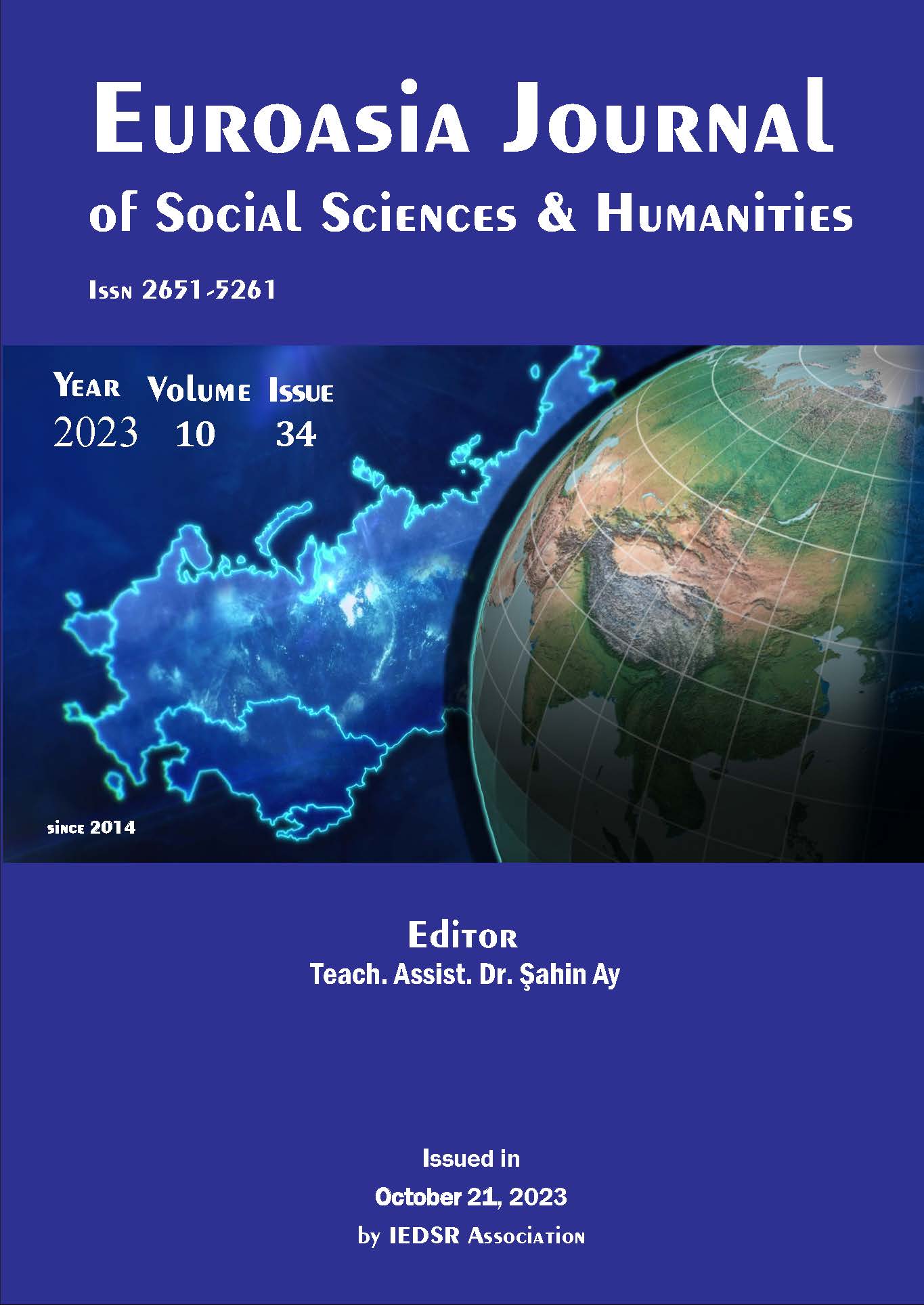Hermann Nitsch's Catarcis Actions in the Context of Art Therapy
DOI:
https://doi.org/10.5281/zenodo.10434158Keywords:
Collective Consciousness, Catharsis, Art TherapyAbstract
Human beings have to maintain their existence in the world where they have to share with other living things. The fact that shared resources are running out and changing brings fear of the unknown. There may be times when the selfish human being is afraid of death and prefers to kill for his own survival rather than sharing. The desire to increase libido with the fear of death during the wars stems from this necessity of continuation. Hermann Nitsch, who lived right in the middle of the war, used the art of painting, which is a form of glorification of the fear of death, as a means of expression. Art has not only sought beauty within the boundaries of aesthetics, but has also been a means of reflecting the subconscious. In Freud's concept of collective consciousness, experiences accumulate in the subconscious and are transferred to generations. With the accumulation, the rules of life in the society also change. The ongoing knowledge and subconscious accumulation along with the rules necessary for a more livable world make it necessary to empty and relax from time to time. In addition to cleansing and therapy techniques in many ways, artists convey in the context of art therapy with their works of art and their performances. Hermann Nitsch continued his acts of catharsis as the purification of the unconscious through art. The fact that he can continue his actions shows that he has an audience. It can be said that as a society, being involved in such a catharsis is an action that not only the artist but also the people need. Hermann Nitsch is someone who lived in times of war and lived in the fear of death. The desire of generations to participate in the actions of Hermann Nitsch in subsequent peace periods can be explained by the collective consciousness. This study is the interpretation of catharsis actions in Hermann Nitsch's art in the context of art therapy.
Downloads
References
Aksoy, M. (2014). Rönesans Resim Sanatı’nda Ölüm Teması. Selçuk Üniversitesi Sosyal Bilimler Fakültesi. (Yayımlanmamış yüksek lisans tezi). Konya
Atakan, N. (1998). Arayışlar (Resimler ve Heykelde Alternatif Akımlar). Yapı Kredi Yayınları: İstanbul
Bostancıoğlu, B., & Kahraman, M. E. (2017). Sanat Terapisi Yönteminin ve Tekniklerinin Sağlık–İyileştirme Gücü Üzerindeki Etkisi. Beykoz Akademi Dergisi, 5(2), 150-162.
Candan, F., & Arıcan, M. Z.(2021) Hareketsiz İmgenin Tekinsiz ve İğrenç Doğası ile Karşılaşmak: Psikanalitik Bir Kavrayış ile Çoşkun Aral’ın Savaş Fotoğraflarına Bakmak. Sakarya İletişim, 1(2), 161-178.
Çağlayan, E. (2021)Suratına (In-Yer-Face) Tiyatro’da Bir İletişim Şekli: Gölge ve Katarsis. İstanbul Aydın Üniversitesi Güzel Sanatlar Fakültesi Dergisi, 7(13), 57-64.
Enis, B. (2019). Tarihsel bir olgu olarak kurban ve Kierkegaard'ın yorumu (Master's thesis, Kocaeli Üniversitesi, Sosyal Bilimler Enstitüsü).
Kale, Ö. (2020), “Sıradan Hayatlar” In Psikanalitik Tahlili. Adıyaman Üniversitesi Sosyal Bilimler Enstitüsü Dergisi ISSN: 1308–9196 Yıl: 13 Sayı: 34, Nisan 2020
Ostrogonac, T. S.(2010).Viennese Actionism: Total Art and the Social Unconscious. Faculty of Architecture, The thesis is degree of Master. Fine Arts of Landscape and Visual Arts. Western Australia
Sol, E. O., & Sol, A., (2021), Soylent Green: Kara Bir Film, Kapkara Bir Gelecek. SineFilozofi, 410-426.
Downloads
Published
How to Cite
Issue
Section
License
Copyright (c) 2023 EUROASIA JOURNAL OF SOCIAL SCIENCES & HUMANITIES

This work is licensed under a Creative Commons Attribution-NonCommercial 4.0 International License.

